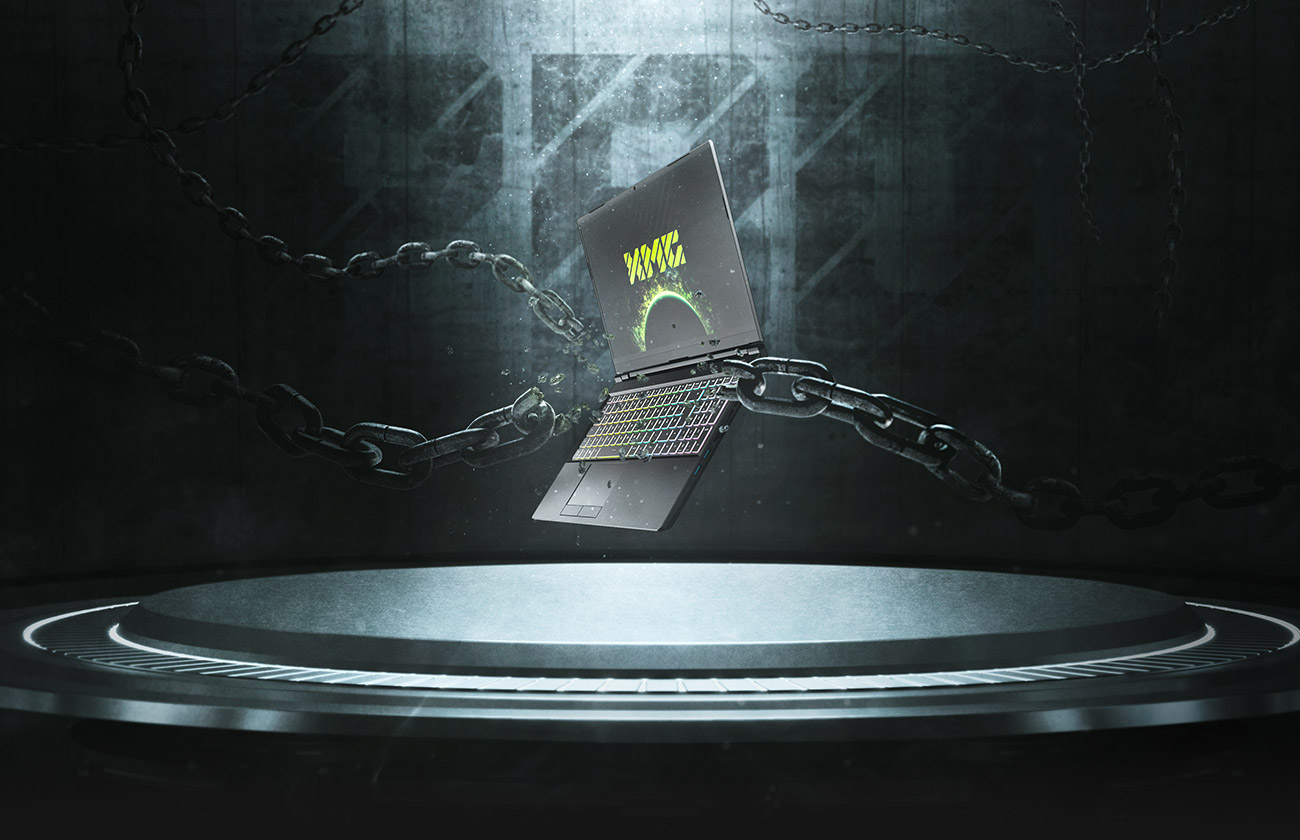The European laptop vendor that sells XMG and Schenker laptops has sent a statement to reporters about recent confusion regarding gaming laptop listings and whether or not Nvidia’s Max-Q technologies were specified.
“We always list Max-Q in the spec sheets and product texts and provide detailed information about the TGP of the installed GeForce RTX 3000 graphics card in order not to confuse our customers unnecessarily,” public relations manager Kai Tubbesing wrote. “This was already the case with the previous laptop generation and does not change with the update to RTX 3000.”
On the page for the XMG Neo 15, for instance, the company lists the most comprehensive mobile GPU listing we’ve seen, with not just the model, but whether it uses Max-Q technologies and the total graphics power (TGP).
Tubbesing claims the information was there the entire time, and not added in response to recent reports.
Last week, Nvidia told Tom’s Hardware that Max-Q branding wasn’t going away, even though we haven’t been able to find the name on many major laptop OEM websites.
“No, Max-Q branding is not going away,” an Nvidia spokesperson told us at the time. “When we originally introduced Max-Q back in 2017, the brand was initially used in GPU naming since Max-Q referred to the GPU TGP only.
“Today, 3rd Generation Max-Q is broader, and is a holistic set of platform technologies and design approach to building powerful and thin laptops.
“In addition, to be more transparent about a laptop’s exact capabilities, RTX 30 Series laptops now show more information than ever, listing exact TGP, clocks and features supported. You will find this in the control panel which now reports maximum power (TGP+Boost), and support for key features including Dynamic Boost 2, WhisperMode 2, Advanced Optimus, and others, all of which fall under the Max-Q umbrella.
“We strongly encourage OEMs to list clocks and other technologies a laptop supports, including Advanced Optimus, Dynamic Boost 2, and more. Ultimately, like all laptop features and specs, it is up to the OEM to market what their particular laptop configuration supports.”
XMG and Schenker have gone full speed on transparency, which is a good look, considering the Nvidia GeForce RTX 3060, 3070 and 3080 for laptops can have a wide variety of clock speeds and different TGPs depending on the implementation. It’s unclear whether other vendors will follow suit.
